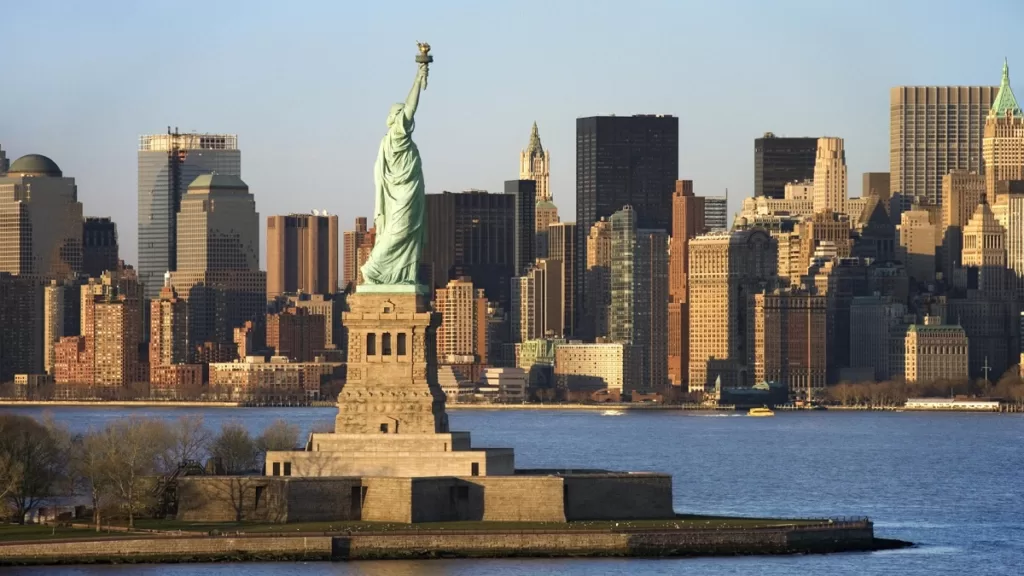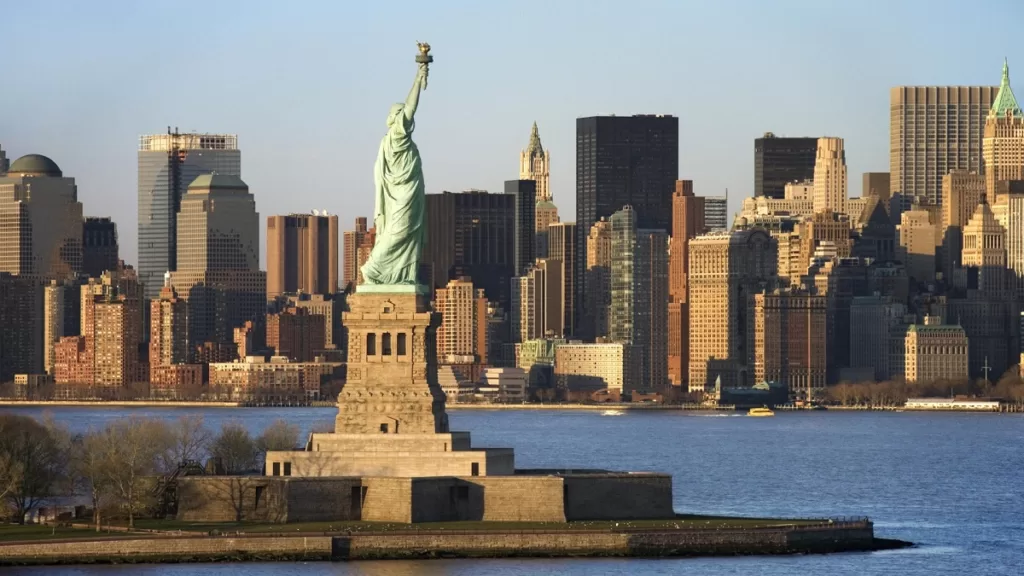与纽约相比,北京有多大?


北京 and New York are two of the world’s most iconic and influential cities, each serving as a political, economic, and cultural hub in its respective region. When comparing the sizes of these metropolises, it is important to consider various aspects such as population, land area, and economic significance.
In terms of population, Beijing and New York City are both colossal, but Beijing holds the edge as the world’s most populous capital. As of the last available data in 2022, Beijing’s population exceeded 21 million people, while New York City’s population was around 8.4 million. The sheer magnitude of Beijing’s population reflects its status as the political and cultural heart of China, with a rich history that spans thousands of years.
Land area is another key factor in understanding the scale of these cities. New York City covers an area of approximately 468 square miles, making it one of the most densely populated cities globally. In contrast, Beijing’s municipal area is significantly larger, encompassing around 6,340 square miles. The vastness of Beijing’s territory reflects not only its urban development but also its inclusion of surrounding suburban and rural areas.
Economically, both cities are powerhouses, but they play different roles in their respective countries. New York City is the financial capital of the United States, home to Wall Street and a myriad of global corporations. Beijing, on the other hand, is the political and cultural center of China, and its economy is driven not only by finance but also by government institutions and a thriving technology sector.
Culturally, both cities have a profound impact on the world, albeit in different ways. New York City is celebrated for its cultural diversity, with a melting pot of people from various backgrounds contributing to its vibrant arts, music, and culinary scenes. Beijing, with its ancient history, boasts a rich cultural heritage seen in its traditional architecture, museums, and historical sites like the Forbidden City and the Great Wall.
Infrastructure and urban planning also play a role in understanding the size of these cities. Both Beijing and New York City have extensive transportation networks, but Beijing’s infrastructure has undergone rapid development and expansion in recent years, with modern skyscrapers and high-speed rail connecting the city to other major hubs across China.
In conclusion, comparing the size of Beijing and New York City requires considering multiple dimensions. While New York City is larger in terms of population density and economic influence, Beijing’s vast municipal area and historical significance give it a unique position on the global stage. These cities represent distinct facets of human civilization, each contributing to the rich tapestry of our interconnected world.